After the Government decided to close the forest, over the past years, localities in the Central Highlands have simultaneously implemented many solutions to restore and protect the forest. Thanks to that, the forest cover has been increasingly expanded and developed strongly, creating great potential for economic development under the forest canopy, especially profiting from carbon credits. However, many forest owners have long been "struggling" in implementation. Because this is still a fairly new issue, there are no specific instructions.
Potential for forest economic development
Located on Highway 28, Ta Dung National Park, Ta Dung Commune, Lam Dong Province (formerly Dak Nong ), is a primeval forest with a diverse ecosystem, many rare species of flora and fauna, listed in the Red Book. With a natural area of about 21,000 hectares, of which nearly half is primeval forest, the rest is secondary forest of all kinds, reaching a coverage rate of more than 85% of the area. This is one of the tropical evergreen forests with many canopy layers, quite typical of the Central Highlands and has great potential for carbon absorption and storage. In addition, Ta Dung National Park has about 5,000 hectares of restored forest, which is in the rapid growth stage, carbon absorption and storage of the forest here is also an advantage. In particular, bamboo forests and mixed bamboo and wood forests are also assessed to have a higher carbon absorption and storage capacity than other forests.
According to Mr. Khuong Thanh Long, Director of Ta Dung National Park, with a large area of natural forest, Ta Dung forest is considered a large carbon storage. If carbon credits are implemented, it will contribute to increasing the unit's revenue, better serving the care, protection and development of the forest.
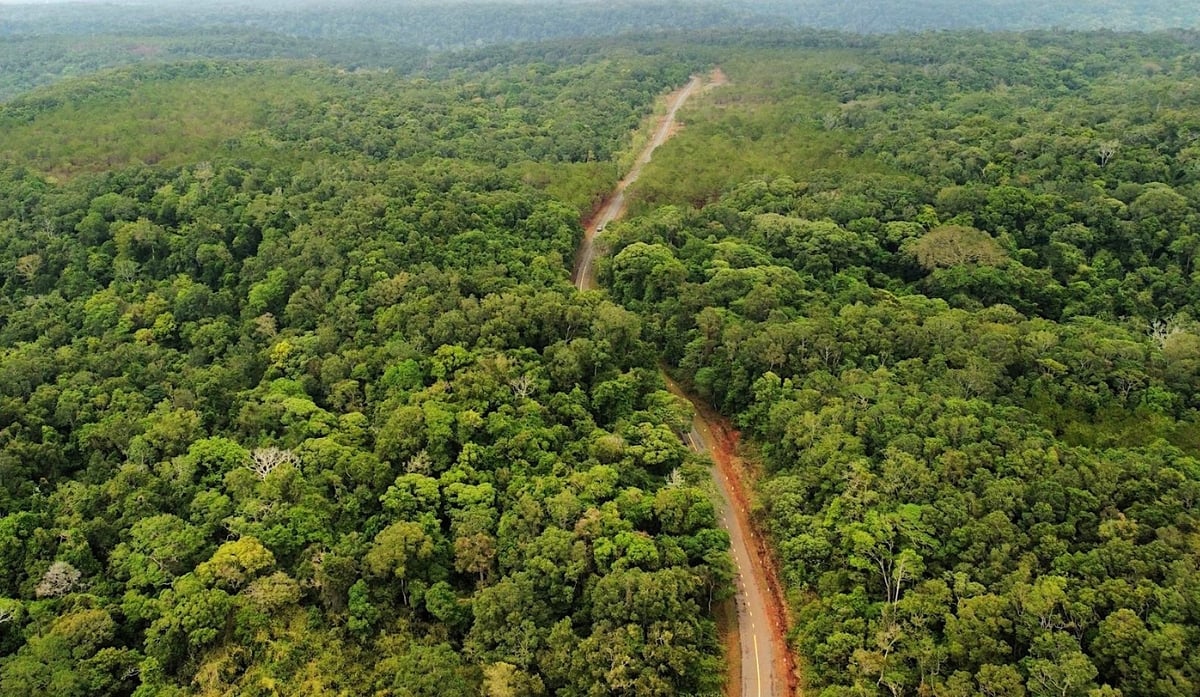
Southern Central Highlands Forest, Tuy Duc, Lam Dong . Photo: Hong Thuy.
Similarly, Thac Mo Protective Forest (Tuy Duc Commune, Lam Dong Province) has a total area of over 6,500 hectares of evergreen forest. Mr. Nguyen Xuan Khuong, Director of Thac Mo Protective Forest Management Board, said that Thac Mo forest is classified as one of the forests of importance in the conservation of rare flora and fauna specimens listed in the Red Book. Thanks to the intact protection of the primary forest ecosystem, this is also a forest with the potential to develop a carbon credit market.
“Developing forest carbon credits means having to carry out tasks and solutions well to improve forest quality. In particular, localities will focus on managing existing forest areas well, strengthening forest development, developing forest economy, etc. Developing carbon credits is an opportunity to supplement financial resources to increase income, improve livelihoods for forest owners and people, thereby supporting forest management and protection,” said Mr. Khuong.
Mr. Nguyen Ngoc Binh, Chairman of Nam Tay Nguyen Forestry Company Limited, the owner of Nam Tay Nguyen forest, said that forest carbon credits are determined from the amount of CO2 generated from greenhouse gas emission reduction activities through activities against deforestation and forest degradation; sustainable management of forest resources, conservation, and enhancement of forest carbon reserves. Forest owners can convert the forest area they are managing and protecting into the amount of CO2 absorbed, into carbon credits and can sell these credits. That is the theory, but to collect money from carbon credits is not simple, it has to go through many stages, procedures, and is quite complicated.

The 430-year-old rosewood tree in Thac Mo forest. Photo: Hong Thuy.
“Participating in the carbon market is not only to reduce environmental compliance costs, but also an opportunity to access green finance, improve brand image and meet increasingly strict ESG standards (a trio of sustainable development criteria including Environment - Society and Governance) in the global supply chain,” said Mr. Khuong Thanh Long.
There are still many barriers
According to experts, Vietnam's forest cover is currently over 42%, equivalent to nearly 15 million hectares of forest. This is a great potential for developing the carbon credit market, facilitating the implementation of projects such as REDD+ (reducing emissions from deforestation and forest degradation) or reforestation. In 2023, Vietnam successfully sold 10.3 million forest carbon credits to the World Bank, earning more than 51 million USD, showing the huge financial potential of this resource.
Forest carbon trade is understood as the carbon absorption of forests that can be sold as a commercial commodity. Vietnam is one of the countries with forest potential and forest carbon credit projects. It is estimated that in the period 2021 - 2030, Vietnam owns about 40 - 70 million forest carbon credits that can be sold to the world carbon credit market, worth tens of thousands of billions of VND.
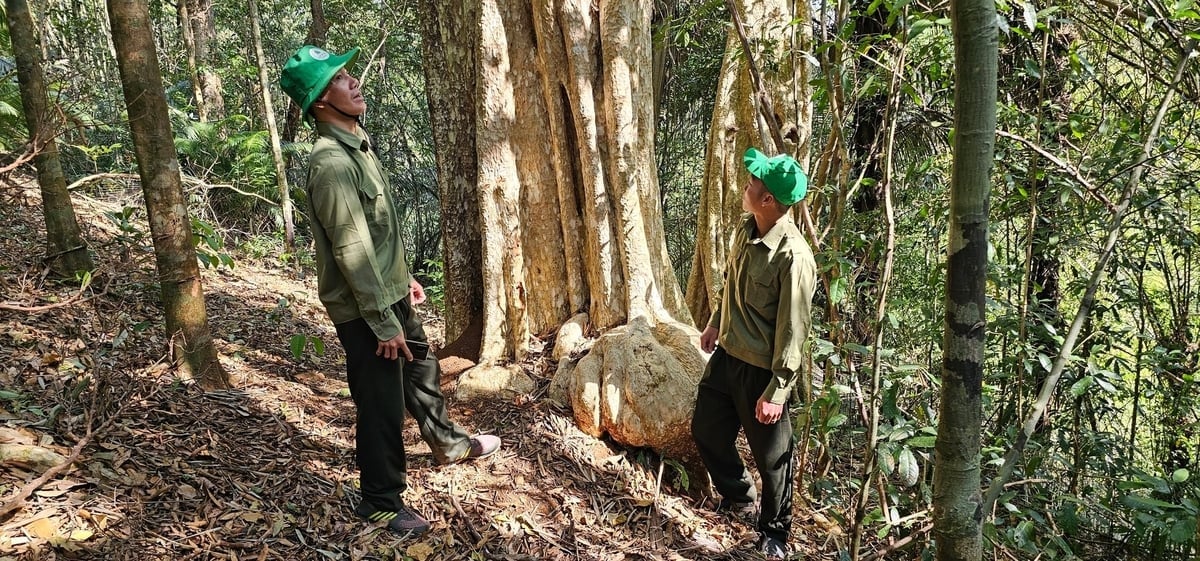
In recent years, forests in Tuy Duc, Lam Dong have been strictly protected, so they have been increasingly developed. This is a great potential for the forest carbon credit market. Photo: Hong Thuy.
Regarding the issue of carbon credits, last June, the Government issued Decree 119/2025/ND-CP amending and supplementing a number of articles of Decree 06/2022/ND-CP regulating emission reduction. The Decree takes effect from August 1. In particular, by the end of 2028, the Government will develop and organize a pilot operation of a domestic carbon trading floor; deploy a mechanism for exchanging and offsetting domestic carbon credits; from 2029, develop and implement a mechanism for auctioning greenhouse gas emission quotas.
From 2029 onwards, the Government will develop and implement a mechanism for auctioning greenhouse gas emission quotas; complete regulations on carbon credit management, greenhouse gas emission quota and carbon credit exchange activities; and promulgate laws on the organization, management and operation of the domestic carbon market and participation in the world carbon market.

Thanks to remote monitoring technology, forest protection is more effective. In the photo, Mr. Nguyen Ngoc Binh, Chairman of the Southern Central Highlands Forestry Company (right cover) is checking the forest monitoring work on the software. Photo: Hong Thuy.
Vietnam is currently one of the few countries in the Asia region that has a legal corridor recognizing the role of forest carbon in adaptation, climate change mitigation and orienting forest carbon credit trading.
However, in order for the carbon market to become a strategic tool, helping Vietnam achieve the Net Zero target and create green growth momentum for the entire economy, the state needs to implement a number of solutions such as: perfecting the legal framework, especially regulations related to measurement, reporting and verification (MRV), carbon credit ownership, quota allocation and auction mechanisms, as well as handling disputes and violations.
Establish a national carbon credit trading floor soon, creating a transparent and accessible market for businesses. At the same time, there should be policies to support small and medium enterprises, including: green credit, technical training, access to climate investment funds such as the Green Climate Fund (GCF), JETP, or capital from international organizations such as the World Bank and the Asian Development Bank.
Source: https://nongnghiepmoitruong.vn/tin-chi-carbon-rung--tiem-nang-lon-d783370.html








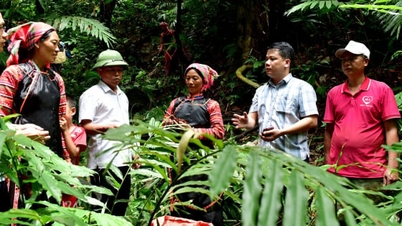
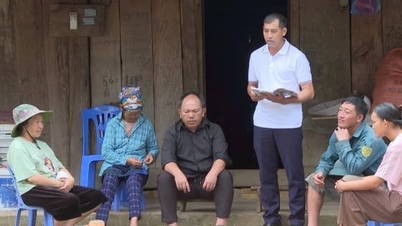
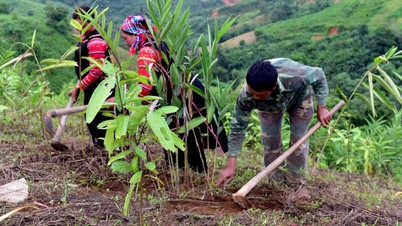




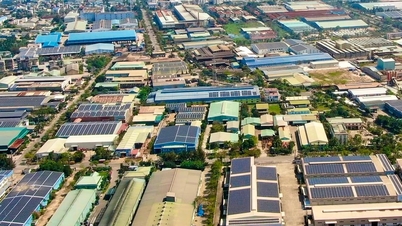


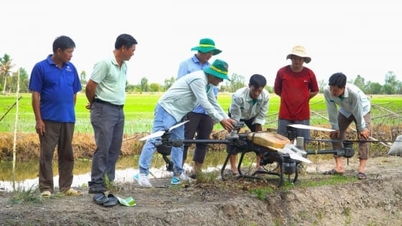

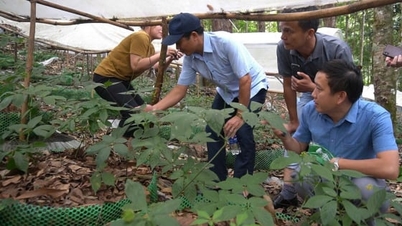








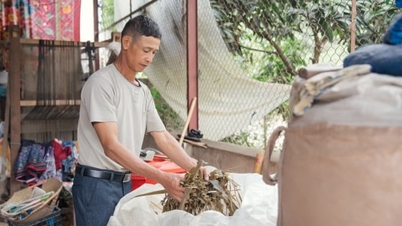
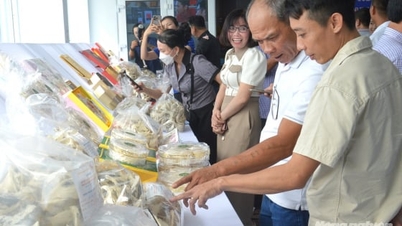



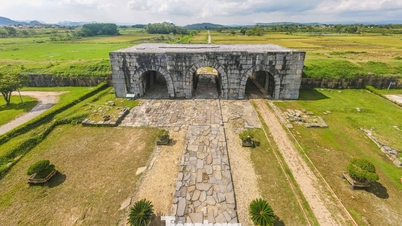

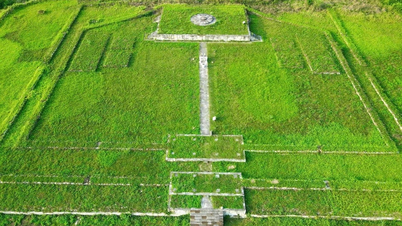


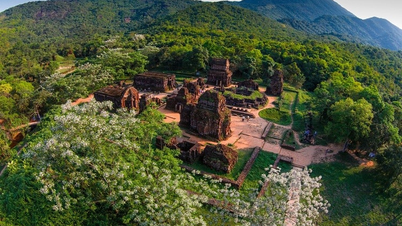

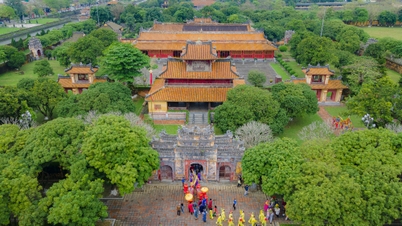

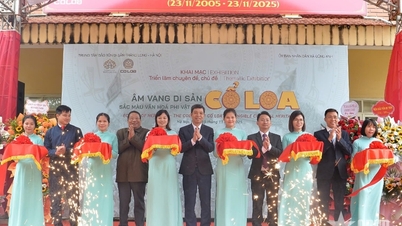




















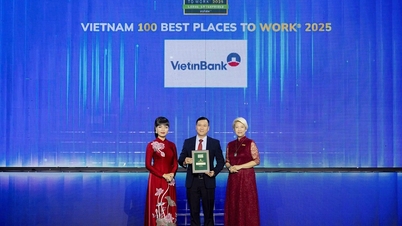














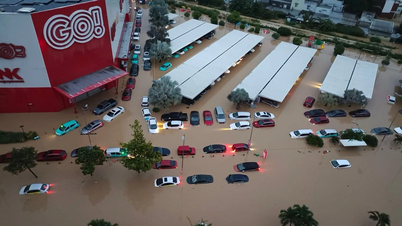


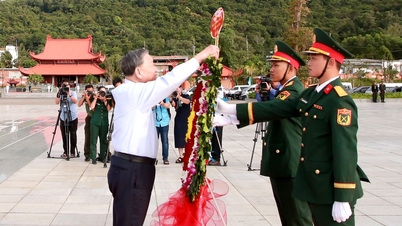








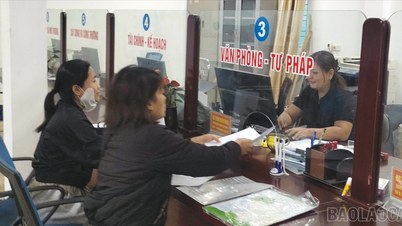

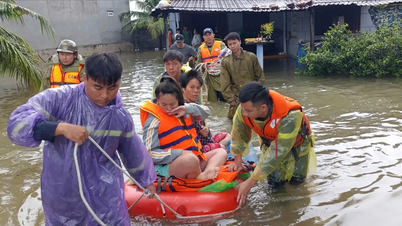

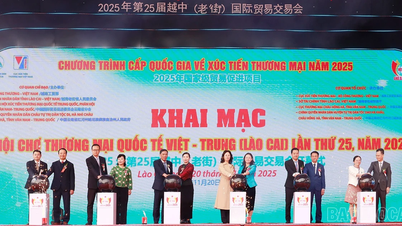















Comment (0)